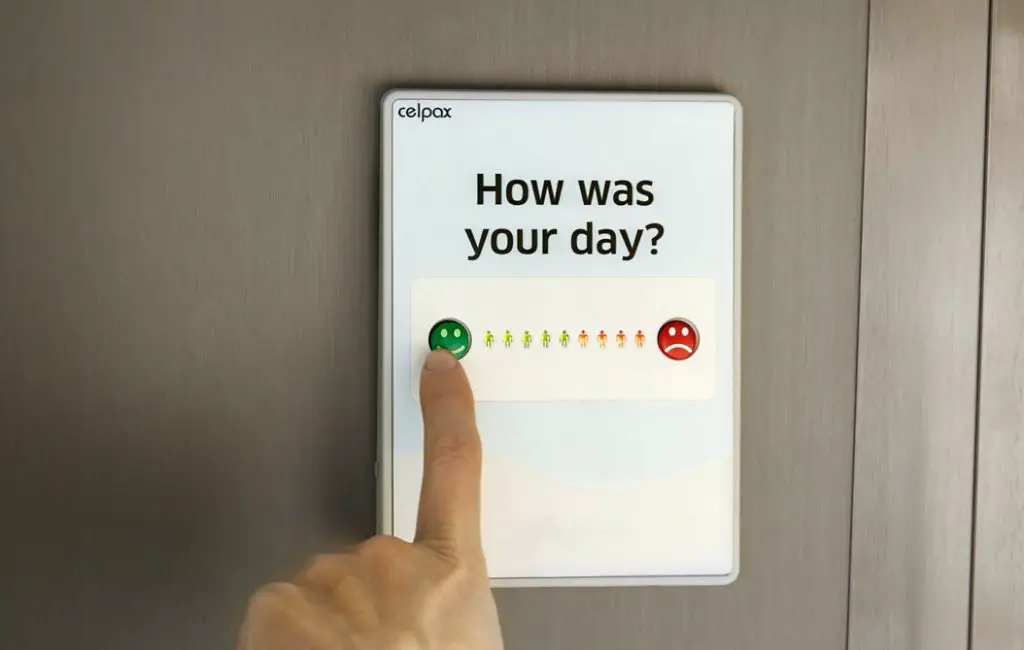Last Updated on 12/11/2021 by James Barron
It is important to obtain feedback from students as their view should be acknowledged during the teaching process, if a student is happy and enjoying their course, they are more likely to perform well, attend and achieve their full potential. It is often very easy for teachers to implement changes based on student feedback that can have a dramatic impact on a student’s life, this may even include recognising “the many different needs of people to be able to access the same opportunities”, (Machin, et al., 2016, p. 151) which is an essential element of “treating your learners fairly and ensuring everyone is given a fair chance.” (Machin, et al., 2016, p. 151)
The fastest method for students to provide feedback is verbally, either during or after the class, this can be challenging for students due to the confrontational nature of the conversation, however, students historically have not had a problem and have described me as the most approachable lecturer who is willing to make changes and assist them as best I can. This can be as simple as students asking for my PowerPoint to be uploaded on to the portal so that they can read it on their screen rather than mine, to more unusual requests, such as could I stop moving around the class as much. I promote student communication with me directly and early during their course to ensure they feel comfortable, this effort has provided excellent results with numerous educational, health and financial concerns raised and addressed by following the appropriate procedure which often requires referral.
For students who are struggling to provide feedback directly face to face, email is an option many will opt for, often to prepare me for an in-person conversation. A key element to promoting communication via email is that I always reply to student emails, this has been a complaint that has been raised by students due to colleagues not replying.
Another method for gathering feedback that I use are surveys, I aim to have students complete a survey form for each unit I teach them soon after starting the unit, normally 2 – 3 lessons. This is more challenging if the units are shorter but normally units last approximately 5 months. An example of when I have used a survey to quickly identify problems is when teaching students from overseas. I always ensure I conduct a survey of each year as in a previous year many of the students complained about the experience due to the language barrier, this was initially poorly investigated, resulting in changes being implemented that were unnecessary. To prevent this from occurring again I implemented a simple survey that included various aspects about their experience to ensure my teaching was not the cause of their unhappiness. The results of my survey clearly highlighted that it was not my teaching, nor the teaching establishment that was responsible for the unhappiness but their accommodation, changes were implemented which changed the dynamic of the group significantly.
These surveys are anonymous but still provide very useful feedback as they are specific to the individual units. This allows for targeted analysis, for example, units that are normally seen as useless generally perform worse than units that have a practical application. Unfortunately, not all surveys are implemented as effectively, at the end of each course a large survey is completed by each student; the information gathered is far less specific, making analysis challenging as feedback may relate to other lecturers.

Feedback is occasionally delivered from other sources; this is normally from tutors, teaching assistants or parents. When receiving feedback that is not directly from the source, it is important to ensure the feedback accurately reflects how the student feels, as bias can be a problem. There are times I have acted on this kind of feedback and other times completely ignored it; this is because everyone will have a different perspective on students. For example, a tutor provided feedback that a student was struggling in a particular area of programming; it was an easy adjustment to spend longer helping this student and provide additional resources. On the other hand, I once had feedback from a tutor that I wasn’t strict enough and I should shout more often, this feedback I ignored. In the past I had a teaching assistant (TA) ask if I could place handouts between the student and TA as the student found it embarrassing sliding it across the desk when assistance was required, this was a simple and easy adjustment to make the student feel more comfortable in class.
It is important to consider the students and their ability when requesting feedback, for example, some students will not have the metacognition required to fully evaluate how they are learning and if it is suitable for them.
Bibliography
Department For Education, 2014. The Equality Act 2010 and schools, London: Department For Education.
Machin, L., Hindmarch, D., Murray, S. & Richardson, T., 2016. A Complete Guide to the Level 5 Diploma in Education & Training. Second Edition ed. St Albans: Critical Publishing.
Author Profile
-
My first experience of teaching was in 2016, when I was asked to
deliver a talk to a group of 16-year-olds on what it was like to start
your own business. I immediately knew I wanted to become more
involved in teaching but I didn’t know where to start as I had not
previously considered a career in education. A few weeks later I
agreed to teach a class of Chinese students from the Shanghai
Technical Institute of Electronics and Information, who had travelled
to the UK to learn English and Software Engineering, after that I was
hooked. Within the next few years, I taught hundreds of students of
many different nationalities, aged from 16 to 60, and from
levels 2 to 6. I focused my time teaching with Bath University and
Bath College for several more years until I felt a change was in order.
For the last few years, I have taught remotely with several private
training organisations, provided dedicated one to one coaching
sessions, provided consultancy on teaching and assessment practices
and written about my experiences as a teacher. I plan to continue
with my current activities for the foreseeable future but I’m always
open to new teaching experiences.

